Shun-ichi Amari - Information Geometry and Its Applications
Here you can read online Shun-ichi Amari - Information Geometry and Its Applications full text of the book (entire story) in english for free. Download pdf and epub, get meaning, cover and reviews about this ebook. year: 2016, publisher: Springer, genre: Science. Description of the work, (preface) as well as reviews are available. Best literature library LitArk.com created for fans of good reading and offers a wide selection of genres:
Romance novel
Science fiction
Adventure
Detective
Science
History
Home and family
Prose
Art
Politics
Computer
Non-fiction
Religion
Business
Children
Humor
Choose a favorite category and find really read worthwhile books. Enjoy immersion in the world of imagination, feel the emotions of the characters or learn something new for yourself, make an fascinating discovery.
- Book:Information Geometry and Its Applications
- Author:
- Publisher:Springer
- Genre:
- Year:2016
- Rating:4 / 5
- Favourites:Add to favourites
- Your mark:
Information Geometry and Its Applications: summary, description and annotation
We offer to read an annotation, description, summary or preface (depends on what the author of the book "Information Geometry and Its Applications" wrote himself). If you haven't found the necessary information about the book — write in the comments, we will try to find it.
Shun-ichi Amari: author's other books
Who wrote Information Geometry and Its Applications? Find out the surname, the name of the author of the book and a list of all author's works by series.

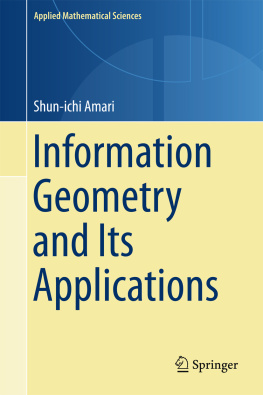
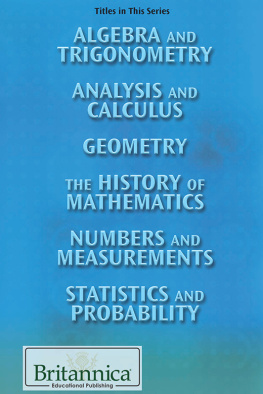
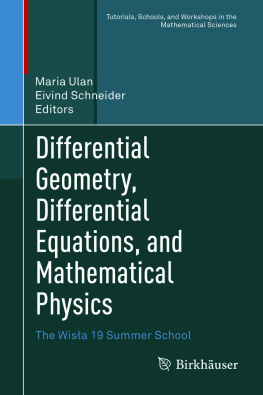
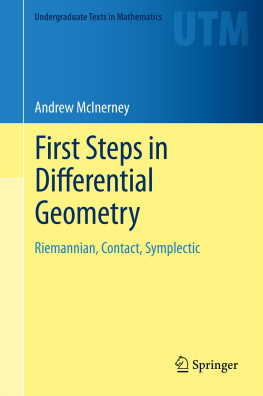
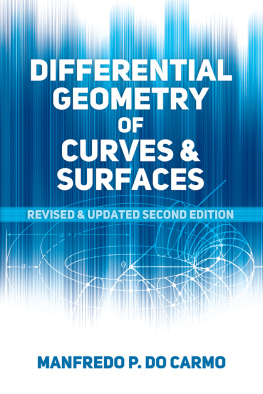

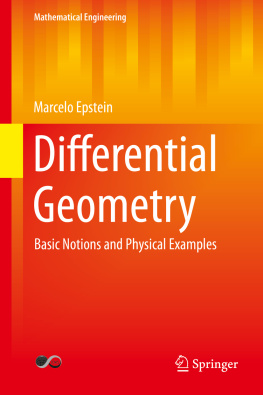
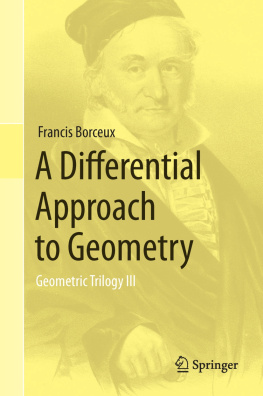
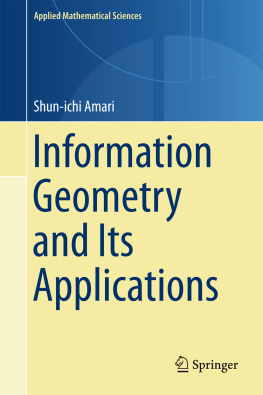
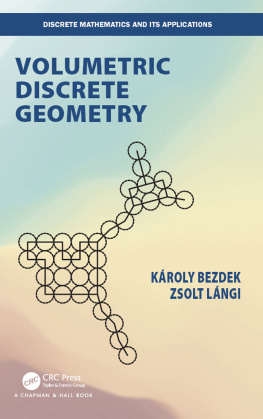
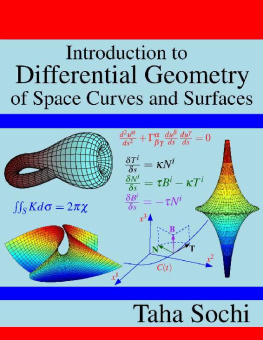
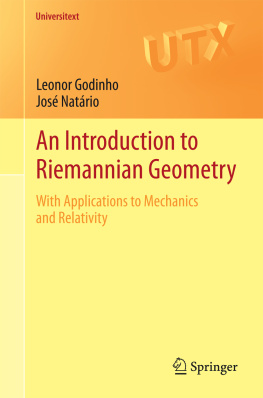
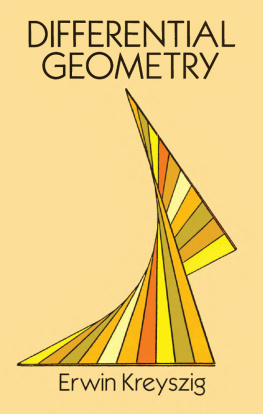
 , we can introduce a local coordinate system
, we can introduce a local coordinate system 
 such that each point is uniquely specified by its coordinates
such that each point is uniquely specified by its coordinates  in a neighborhood. See Fig. for the two-dimensional case. Since a manifold may have a topology different from a Euclidean space, in general we need more than one coordinate neighborhood and coordinate system to cover all the points of a manifold.
in a neighborhood. See Fig. for the two-dimensional case. Since a manifold may have a topology different from a Euclidean space, in general we need more than one coordinate neighborhood and coordinate system to cover all the points of a manifold. 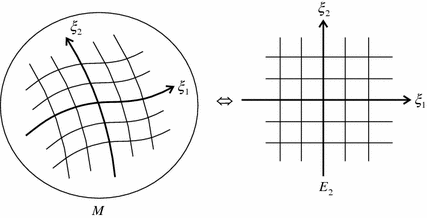
 .
.  is a two-dimensional Euclidean space
is a two-dimensional Euclidean space be another coordinate system. When a point
be another coordinate system. When a point  is represented in two coordinate systems
is represented in two coordinate systems  and
and  , there is a one-to-one correspondence between them and we have relations
, there is a one-to-one correspondence between them and we have relations 

 and
and  are mutually inverse vector-valued functions. They are a coordinate transformation and its inverse transformation. We usually assume that (
are mutually inverse vector-valued functions. They are a coordinate transformation and its inverse transformation. We usually assume that ( 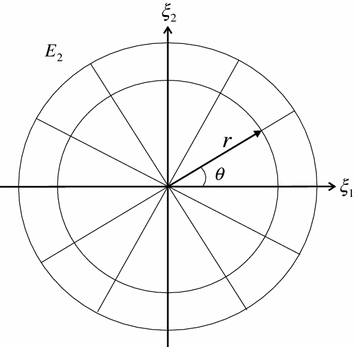
 and polar coordinate system
and polar coordinate system  in
in 
 . A polar coordinate system
. A polar coordinate system  is sometimes used, where r is the radius and
is sometimes used, where r is the radius and  is the angle of a point from one axis (see Fig. ). The coordinate transformation between them is given by
is the angle of a point from one axis (see Fig. ). The coordinate transformation between them is given by 
